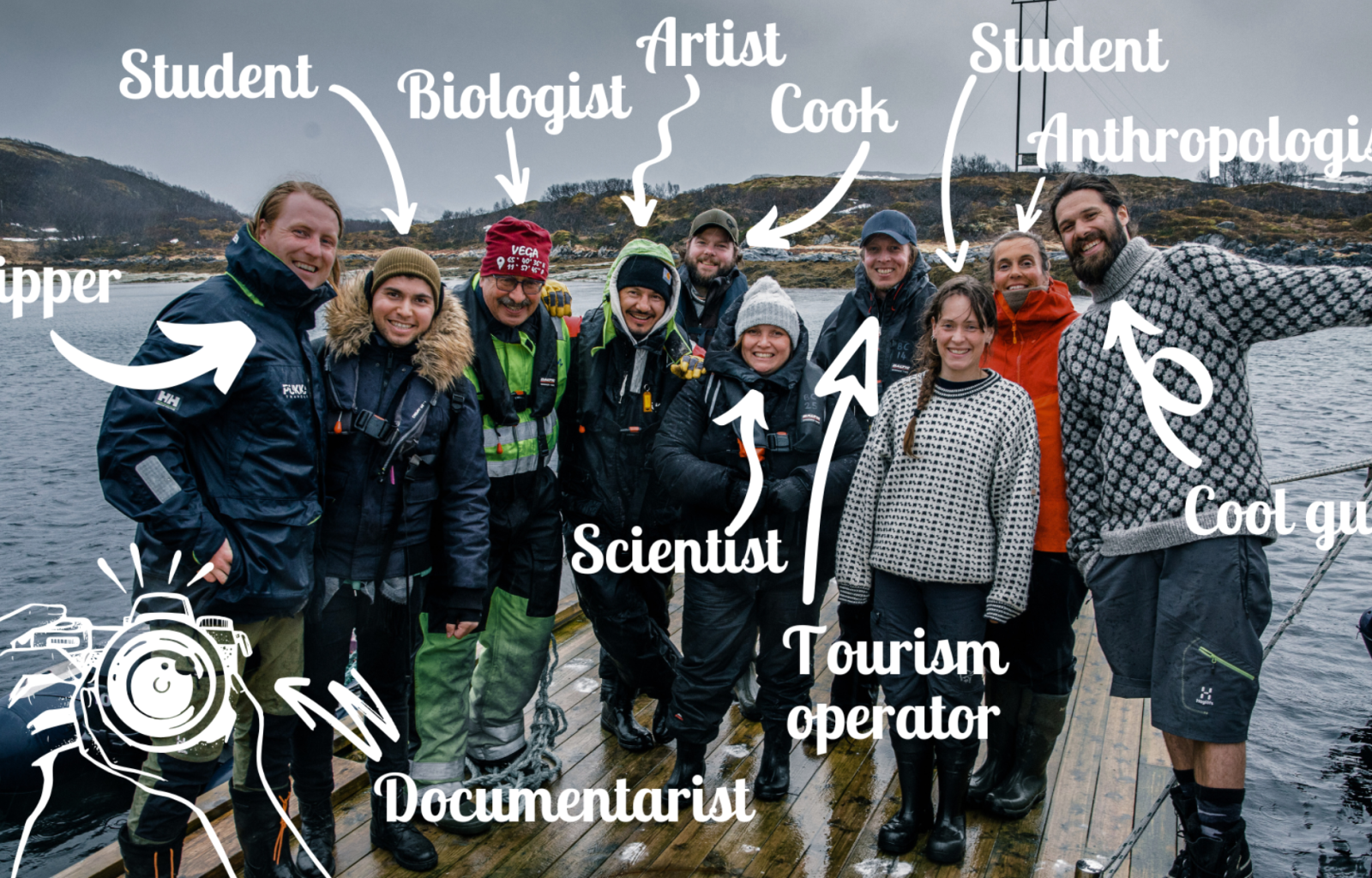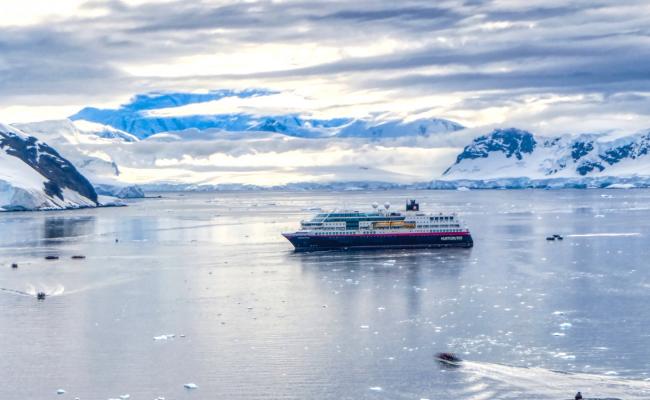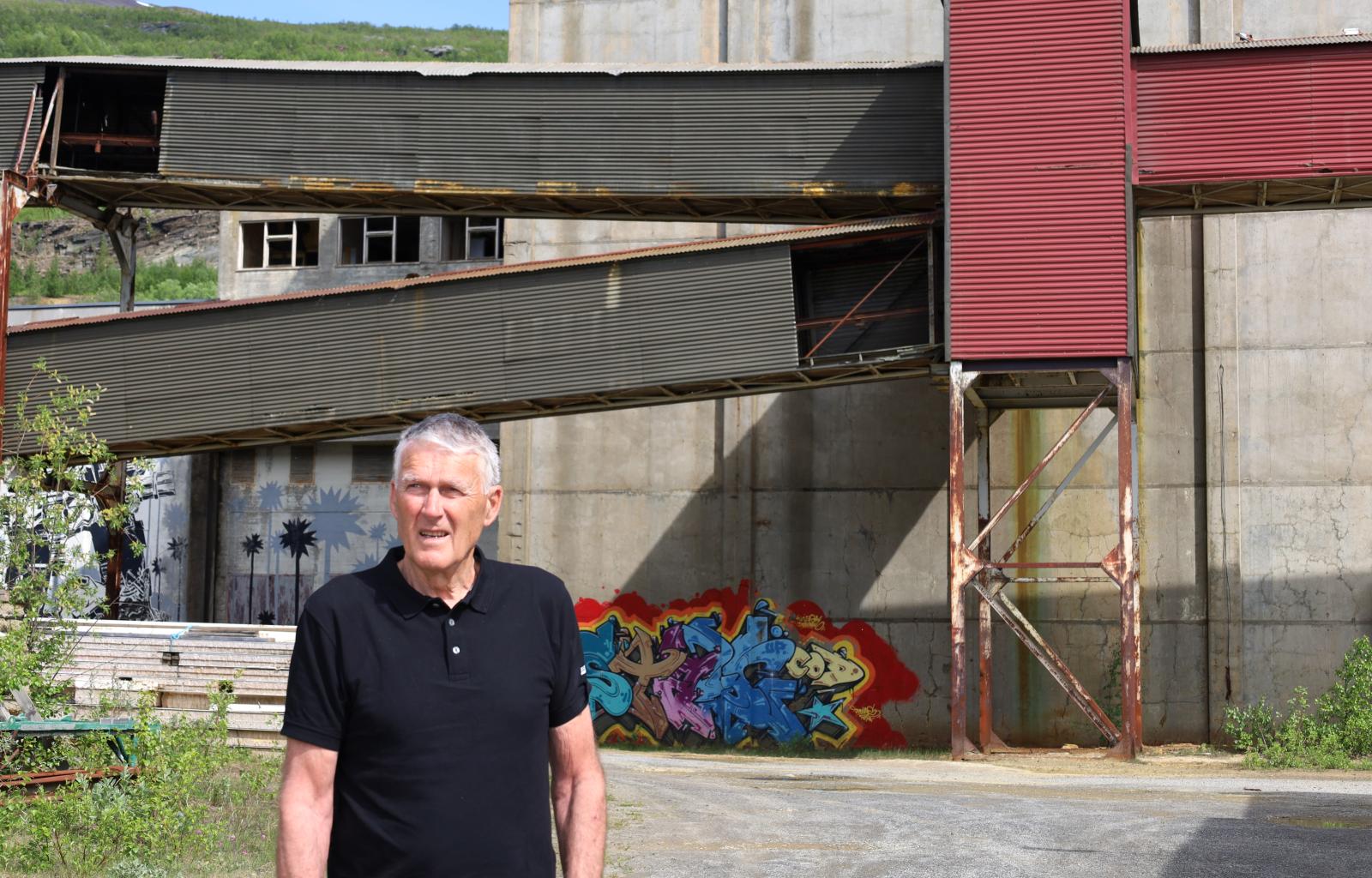Ecotourism – A Driving Force for Protection, Restoration and Sustainability Development of Coastal Ecosystems?
Op-ed: Tourism in the North Atlantic and Arctic is rapidly developing, with significant growth in Northern Lights and cruise tourism. Activities that are often seasonal and concentrated, leading to high tourism pressures and negative impacts. Can ecotourism initiatives contribute to conservation and restoration and contribute in a positive way and with mutual benefits?
This article is an opinion piece written by external contributors. All views expressed are the authors' own.
AUTHORS:
Ann Eileen Lennert, Researcher, The Arctic Sustainability Lab, The Arctic University of Norway - Anton Heijbel, CEO & Head of Project Development, Pukka Travels International - Marius Moen, Head of Environmental Projects Pukka Travels International - Oddrun Skjemstad, Protected Area Manager, Nordkvaløya-Rebbenesøya Landscape and Marine Protected Area - Stine Emilie Nøding Hansen, Protected Area Manager, Nordkvaløya-Rebbenesøya Landscape and Marine Protected Area
Tourism in the North Atlantic and Arctic is rapidly developing.
However, activities are often seasonal and concentrated, leading to high tourism pressures and negative impacts. The UNWTO predicts that local gastronomy, nature, wellness, and rural tourism will become central, with a 50% increase in visitors to the North and Arctic in the coming years. Managing this growth ethically and sustainably is crucial to avoid negative impacts on local communities and the environment.
We believe that eco-tourism initiatives that target knowledge of local culture, nature, and the rich wildlife along coastal areas can contribute positively through conservation and restoration in areas experiencing environmental decline or needing conservation.
Coastal and maritime tourism is identified as a key area for sustainable growth and jobs in the blue economy, supported by UN SDGs and EU strategies. The UN Oceans Decade additionally aims to protect ecosystems, develop a sustainable ocean economy, and change our relationship with the ocean, with tourism playing a vital role. The Kunming-Montreal 30x30 Global Biodiversity Framework also promotes nature-based solutions to safeguard oceans and leverage tourism to achieve these goals sustainably. The question is how we can do this in a sustainable manner.
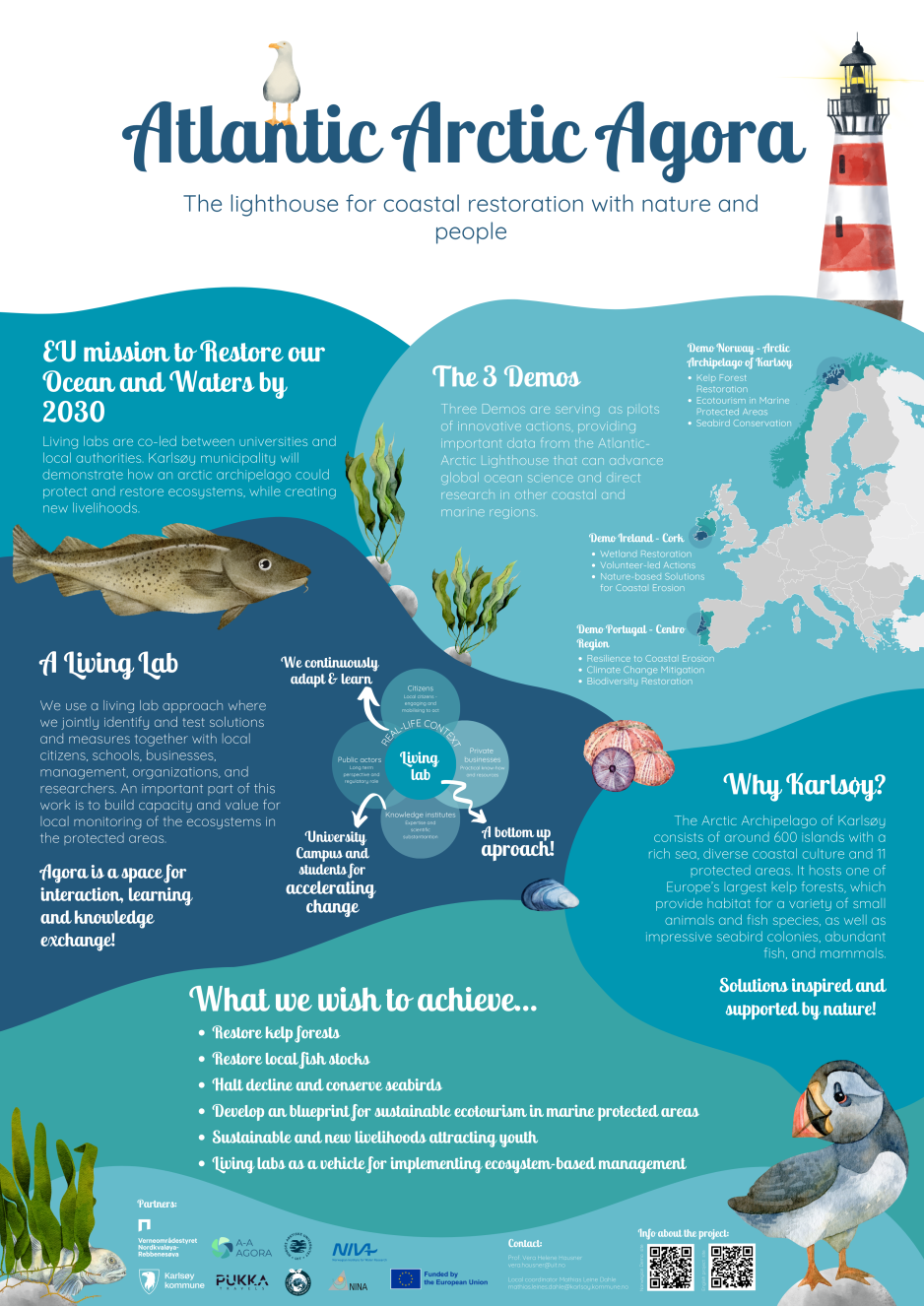
A visual overview of the Atlantic Arctic Agora project.
Having this in mind, we turn to the ongoing project AA-AGORA and the area where our work originates: the archipelago of Karlsøy municipality and Nordkvaløya-Rebbenesøya protected landscape Ytre Karlsøy marine protected area.
Setting the scene
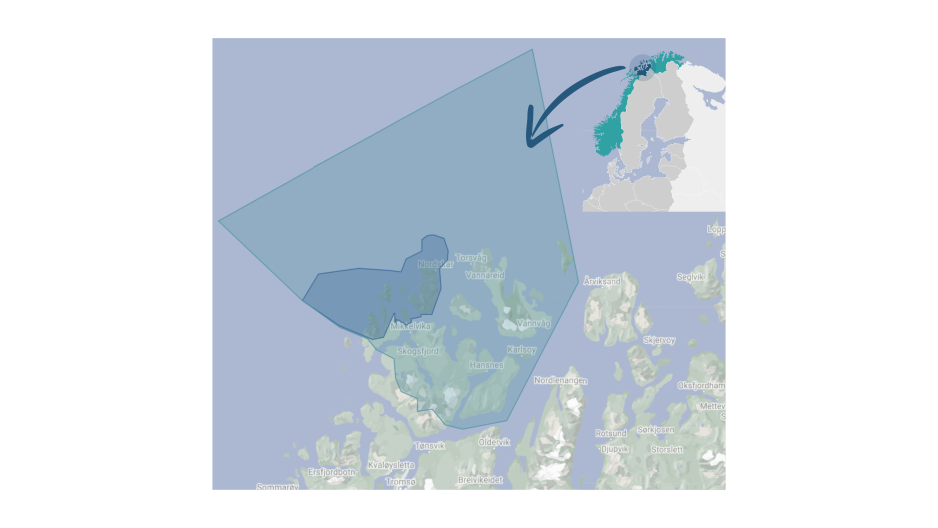
Map of Karlsøy Municipality (large marked area) and Nordkvaløya-Rebbenesøya protected landscape and Ytre Karlsøy marine protected area (smaller marked area).
Nordkvaløya-Rebbenesøya protected landscape Ytre Karlsøy marine protected area . It has around 600 islands, a rich coastal culture, marine life, and 11 protected areas preserving biodiversity. Historically, the main occupation was fishing, which has recently shifted to fish farming, though traditional small vessel fishing for local cod and other species continues to contribute to the economy.
Nordkvaløya-Rebbenesøya protected landscape and Ytre Karlsøy marine protected area. (Photo on the left: Pukka Travel. Photo grid: Ann Eileen Lennert)
The Nordkvaløya-Rebbenesøya Landscape and Marine Protected Area in Karlsøy is a unique region with rich biodiversity, including seabirds, marine mammals, and large kelp forests.
Unfortunately, it has seen significant ecological changes due to the overfishing of coastal stocks and wolffish, leading to an explosion of green sea urchins and the transformation of productive kelp forests into barren areas.
This has had long-lasting negative impacts on the local communities, cascading throughout the ecosystem.

The archipelago of Karlsøy municipality and marine protected area is home to a rich marine life. Some of the species found play a unique role in the ecosystem or can be an indicator of change. (Photos: Saltstraumen marine verneområde, Canva and Ann Eileen Lennert)
What is ecotourism?
Ecotourism, a subset of nature-based tourism, focuses on fostering awareness of nature and wildlife, promoting biodiversity, preserving the environment, and posing minimal impact. It aims to inspire travelers to adopt sustainable behaviors.
It promotes eco-friendly transportation and guidelines for responsible visits. Activities often include educational experiences, voluntourism, and ecosystem restoration and conservation. Nonetheless, definitions are crucial to distinguish ecotourism from general nature-based tourism, as misinterpretations are common.

The difference between nature-based tourism and ecotourism. It can be difficult to differentiate between nature-based and ecotourism. This misunderstanding is also seen within tourism operators and tourism management. Modified from Ribeiro Sábio 2023.
If ecotourism is managed correctly, it can generate income, support conservation, raise awareness, and create sustainable opportunities. It involves local communities, fostering engagement, mutual benefits, local ownership, and helping manage natural areas with conservation in mind.
Thus, helping authorities manage natural areas with conservation purposes as we do in A-AAGORA, and taking consideration of not only nature but the people we meet along the way.
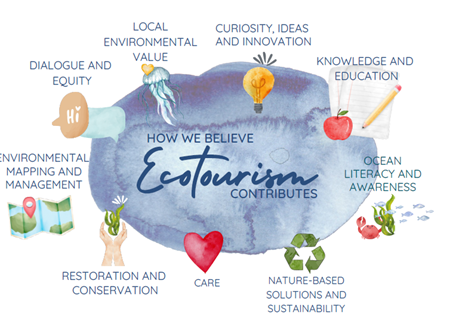
These are the many ways in which we believe that ecotourism can contribute positively.
Ecotourism is also about sustainable travel by creating long-term solutions, providing effective economic incentives for conserving and enhancing bio-cultural diversity, creating environmental value, and helping protect the natural and cultural heritage; Increase local capacity and value of marine protected areas by creating possibilities within ecotourism and opportunities/businesses linked, thus being owned by the local community; Enrich the personal experiences and environmental awareness through interpretation, awareness, appreciation for nature, ocean literacy, and local society, and culture.
How are we doing it?
We use a Living Lab approach, collaborating with various stakeholders to explore how eco-tourism can enhance nature-based solutions and add local environmental value.
Through co-creation, testing, and experimentation, we learned how to effectively engage guests and promote conservation.
This process showed that eco-tourism can inspire and create synergies. It can offer economic benefits and better alternatives to activities like aquaculture and unsustainable fisheries and can play a crucial role in protecting threatened natural areas if managed correctly, fostering innovation and new opportunities.
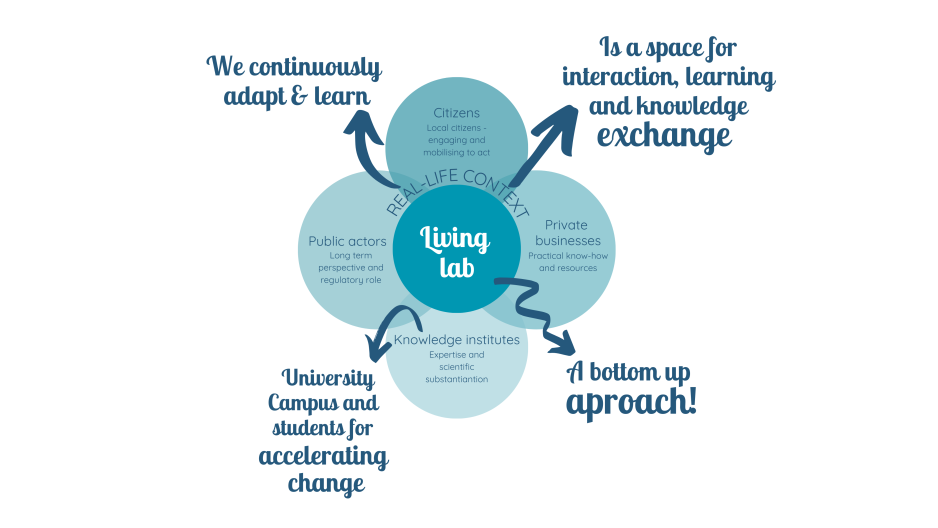
We are using a living lab approach where we jointly identify and test solutions and measures together with local citizens, schools, businesses, management, organizations, and researchers. An important part of this work is to build capacity and value for local monitoring of the ecosystems in the protected areas.
A day of a living lab
A day of a living lab could be where we gathered as a mixed group of Scientists, artist, cook, operators but also lab events with the municipality, marine protected area board and locals.
Here, things such as food, carbon, seaweed, urchins, conservation, solutions, restoration, education, communication, value, involvement, co-creating, development, possibilities, opportunities, and infrastructure were discussed, not at least doing this in a real-life context - we could just test things out!
Some of the outcomes in pictures:
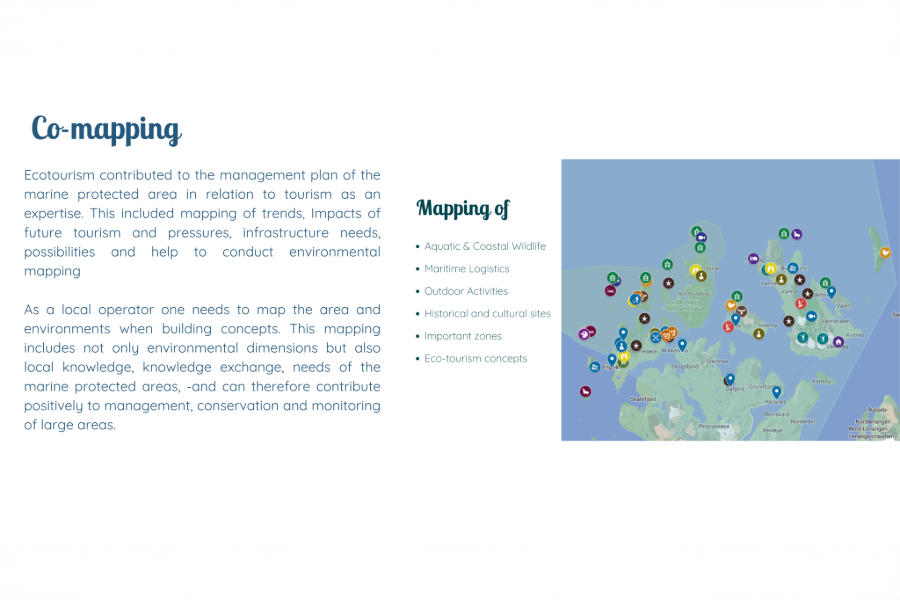
Co mapping

Developing proof of concepts
We identified local guidelines as an important tool to safeguard responsible and respectful visits. Not least, it will also educate and bring awareness to the unique environments and ecosystems that encompass the Arctic archipelago. Together with the marine protected area, the municipality, operators, researchers, and locals, we developed guidelines for guests and operators who visit the marine protected area.
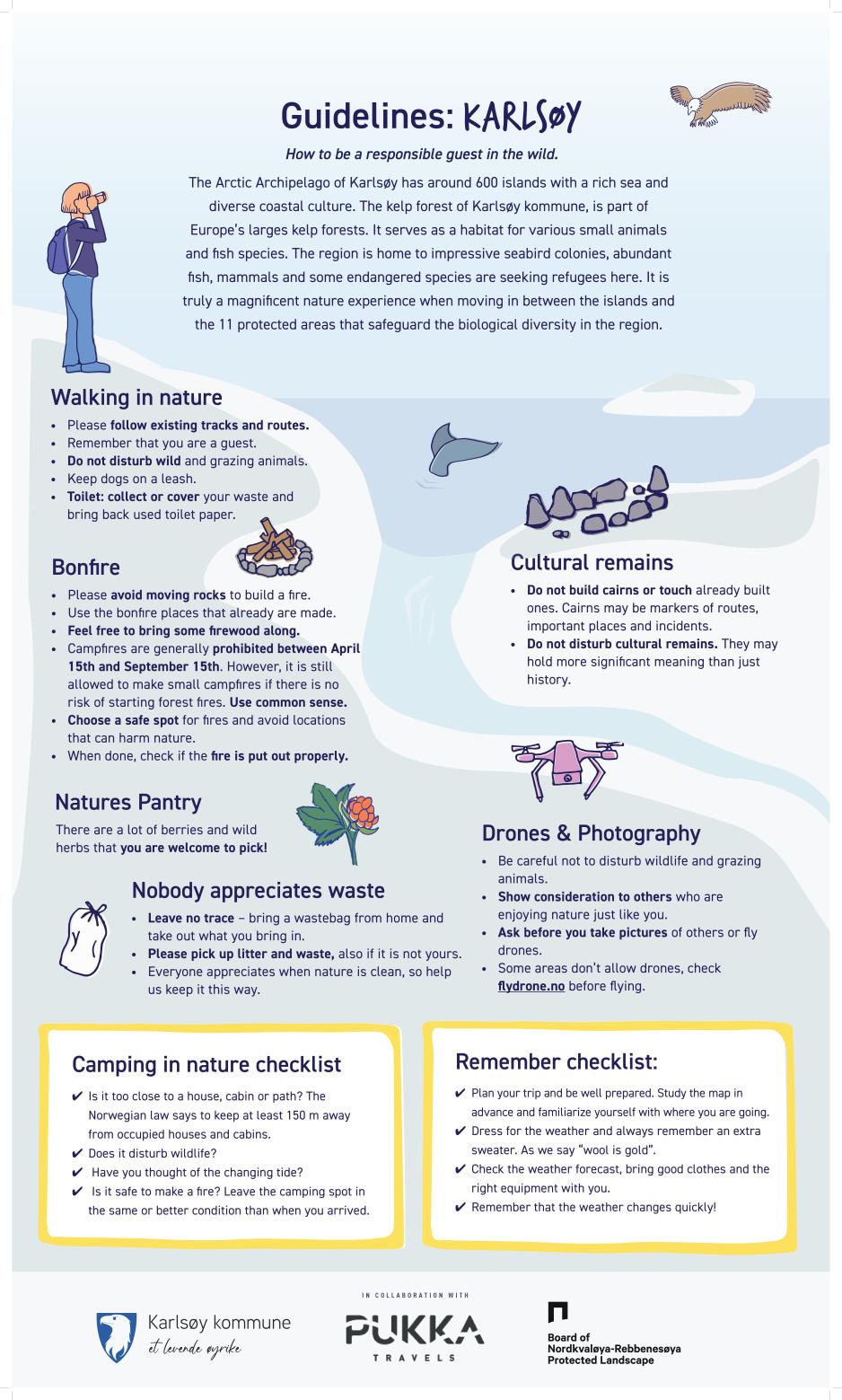
Karlsøy Guidelines
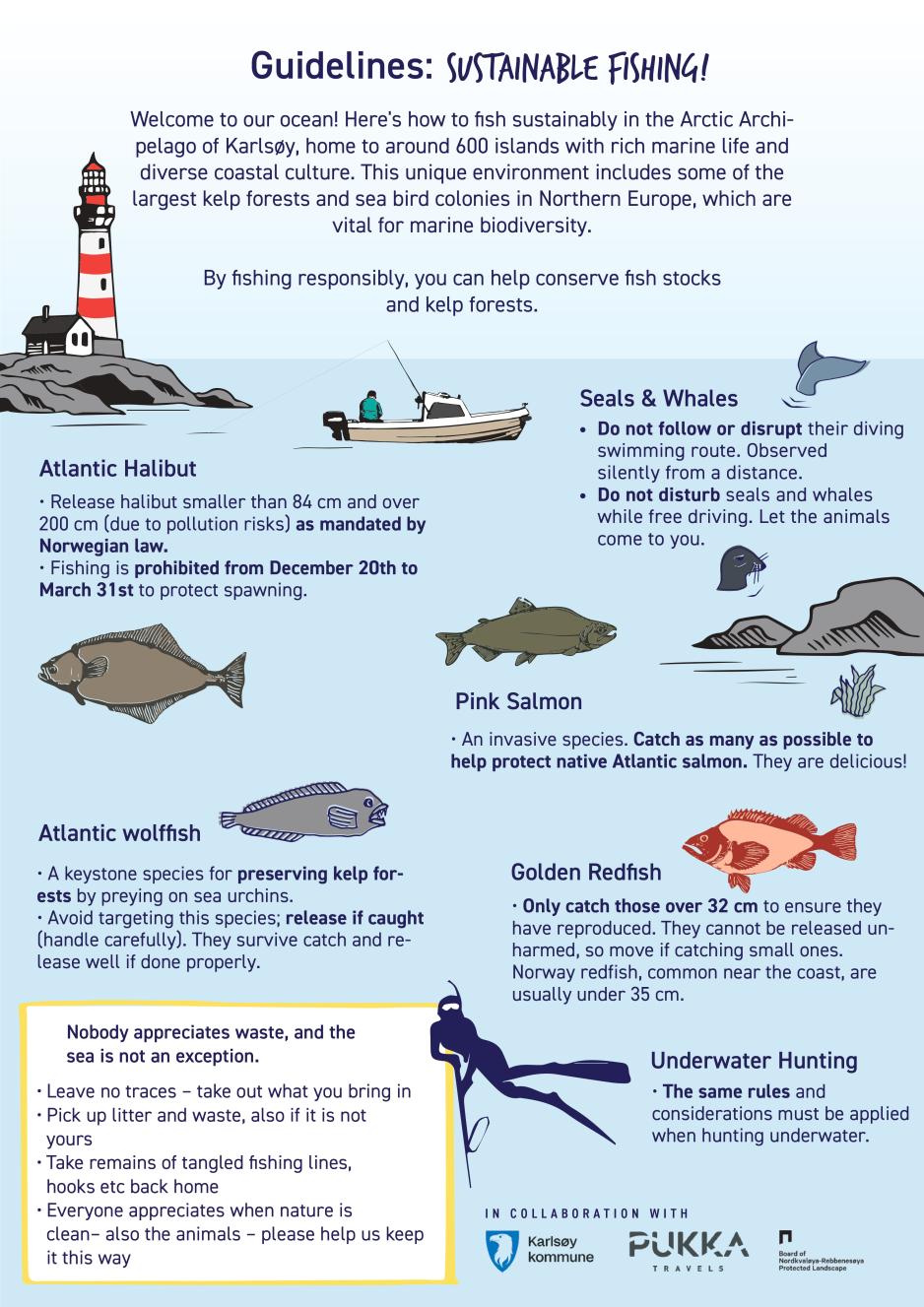
Fishing guide
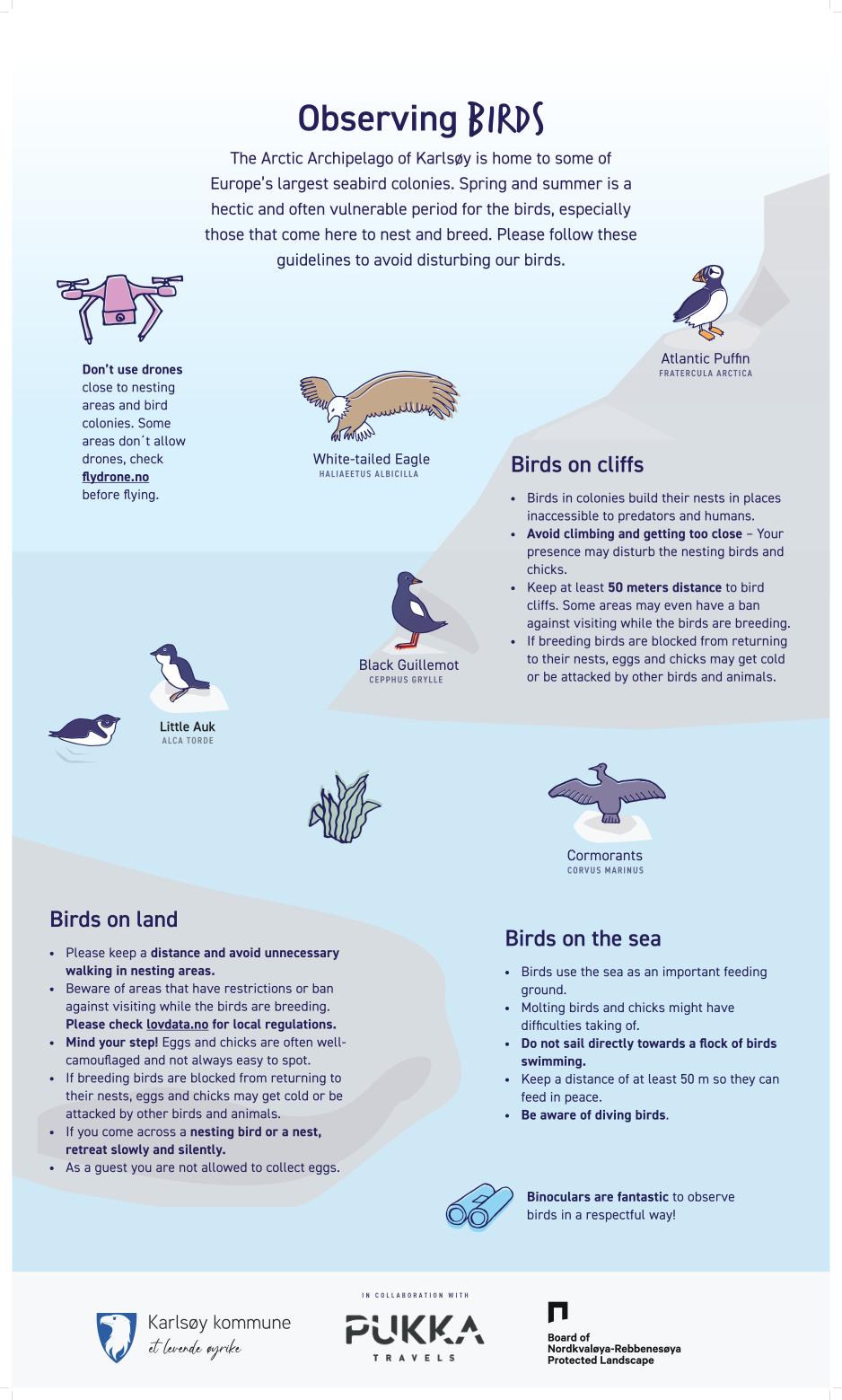
Observing Birds

The work until now has also created a lot of other synergies and initiatives, such as Karlsøy making a management plan for biodiversity, identifying mapping of predators that locals emphasize also impact coastal stocks such as otters and seals, or creating underwater gardens with schools so that children can take care and experience how they actively can contribute to a thriving biodiversity and taking care.
What now?
Protected areas can face challenges regarding tourism. This enhances the importance of dialogue and working together with the protected area board to make a good and sustainable plan, avoiding controversies and trust issues in the future.
Tourism can actually help with management, monitoring, conservation, promoting biodiversity, restoration, and new environmental values and possibilities through engagement among stakeholders and users.
AA-AGORA is still ongoing, and as we speak, local operators will begin testing the different concept packages. We truly believe that ecotourism can contribute in so many positive ways if done right.
We are currently working on a blueprint for sustainable tourism in marine protected areas. This blueprint should serve as a tool for operators in other places in the North and Arctic to use, scale to their own locality, and inspire new ideas and possibilities.
Stay tuned here: https://a-aagora.eu/

